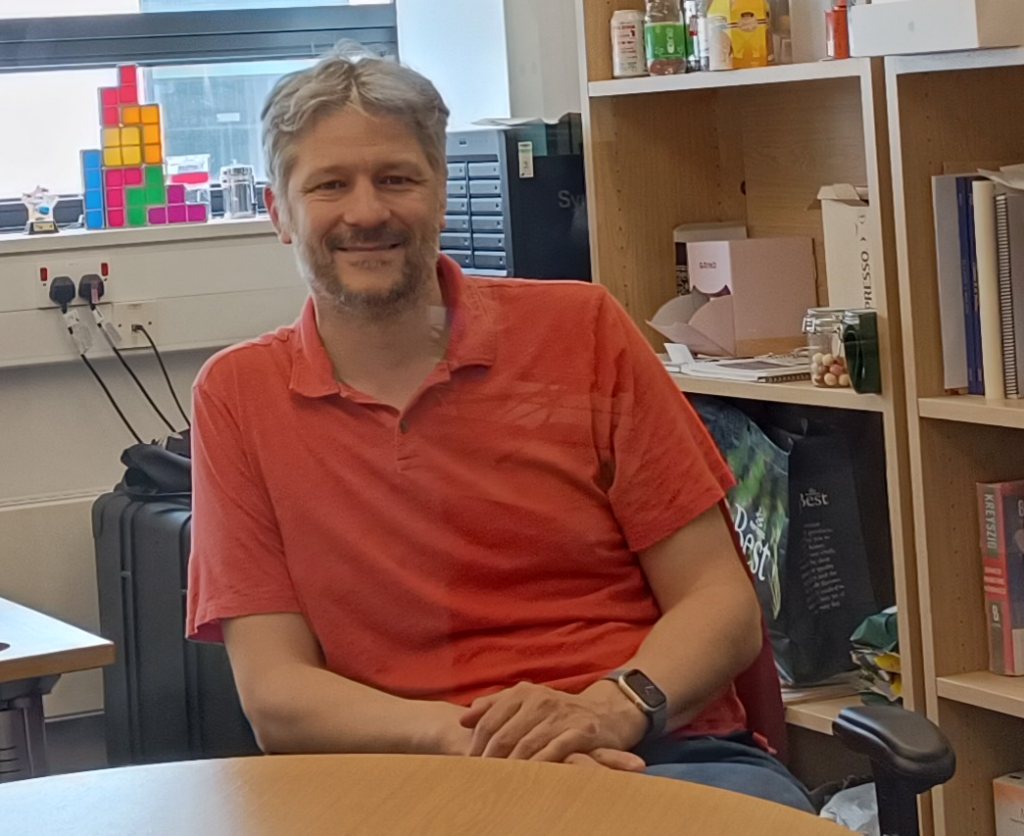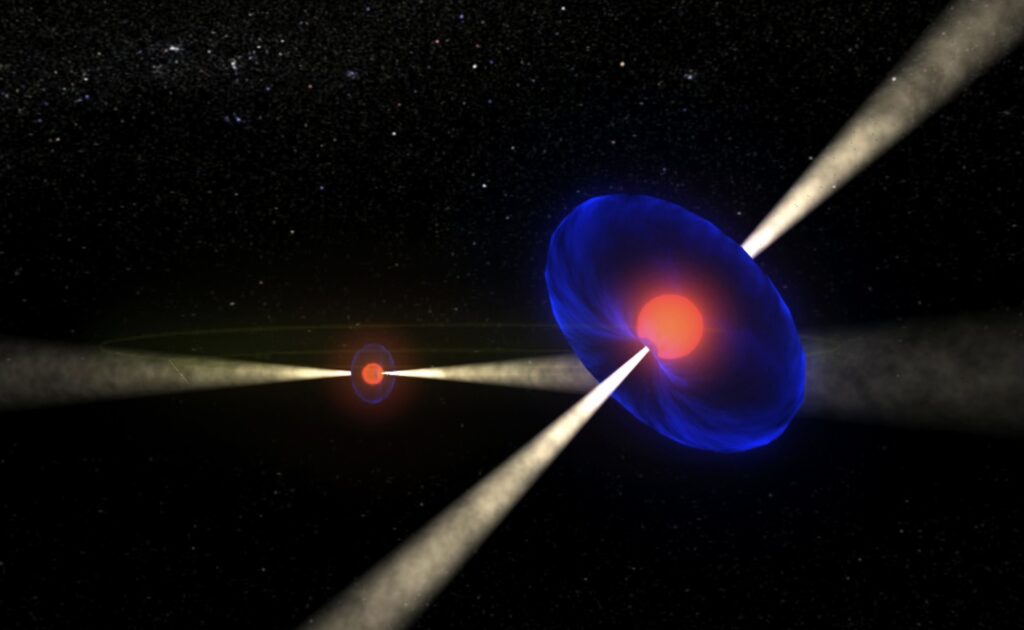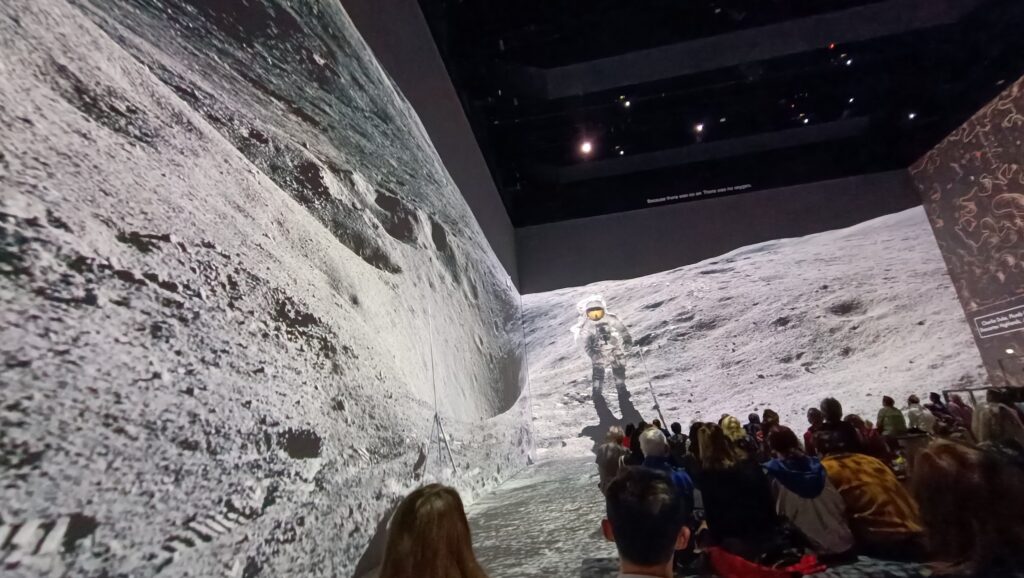
Manchester has always been associated with the spirit of scientific discovery and technological innovation. Cotton spinning and weaving, steam engines, railways and computing are familiar themes but Manchester also played a leading role in the development of aviation.
Frank Pleszak, an author and volunteer at the avroheritagemuseum.co.uk in Woodford, which celebrates its centenary year with an open day on September 15th, 2024, has written a blog post that includes a map of locations in Manchester identifying many of the events and people of aviation at the beginning of the twentieth century.
In this program, Frank shares his research on early aviation in Manchester.
Podcast: Play in new window | Download (Duration: 48:02 — 62.7MB) | Embed
Subscribe: Apple Podcasts | Spotify | RSS | More




